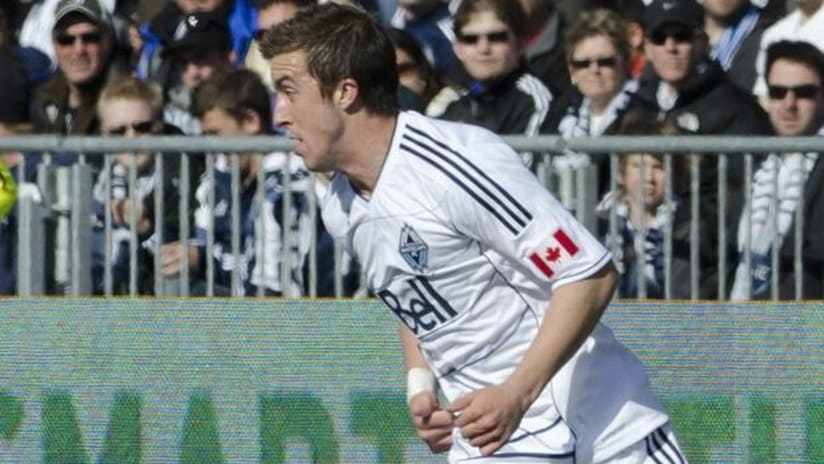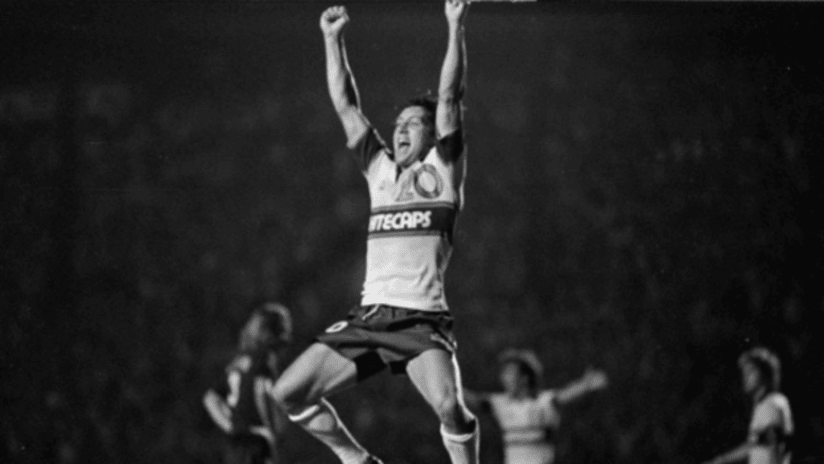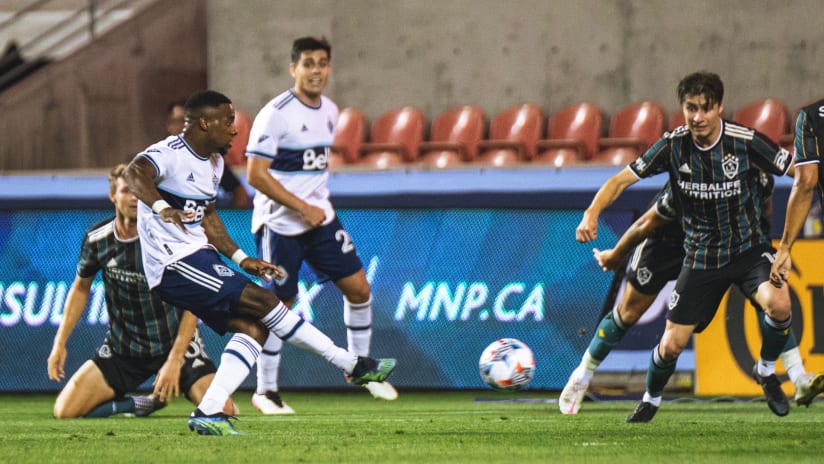What do Chelsea’s Ashley Cole, Manchester United’s Patrice Evra, and Vancouver’s Jay DeMerit all have in common?
All three were primarily forwards during their youth development, but went on to sparkling careers in England’s top flight as defenders.
For Vancouver Whitecaps FC, head coach Tom Soehn has been giving some of his young midfielders a chance to stake a claim in the backline and perhaps find a hidden gem. Russell Teibert has seen time at left fullback in reserve matches and even as a substitute at Major League Soccer level, despite playing almost exclusively as a left winger during his development.
More recently, Jeb Brovsky played at right fullback against Portland Timbers this past Saturday. It’s not the first time Soehn has tried him in that role, as Brovsky also played in the 2-2 away draw in San Jose.
“I thought, overall, he was quite steady,” assistant coach Colin Miller told MLSsoccer.com of Brovsky's performance in Portland. “He’s definitely a work in progress, as are most of the players coming out of college and university.
"Once he understands the role a bit more, I think he has the tools to be able to play there - his technique is good, physically he’s got a good presence about him. He’s a strong lad with good pace, but we’d like to see him get forward a bit more. But overall, I was quite pleased.”
The role is a new one for Brovsky. Drafted 19th overall in the 2011 MLS SuperDraft, the Colorado native played primarily as a midfielder and forward during his time in college at the University of Notre Dame.
“I think it’s a work in progress - there’s no excuse if I make a mistake, but I obviously need to learn the role quicker than most,” Brovsky said. “Some people grow up in that position, but I have full confidence in my tactical ability that I can learn it.”
Experimenting with a young player in a new position is a valuable experience for both player and club, and indeed it’s how some of the best defenders in world soccer are discovered. At worst, a player will have an increased appreciation for his teammates who play in that role. At best, a coach might just find another option to that position.
But learning a new role at this stage of a career does have its challenges. Growing up, players develop certain habits, with and without the ball.
“The biggest difference is respecting the space that’s in behind you,” Miller said. “If you lose the ball in midfield, you still have the back four to bail you out. But when you’re one of those back four players, the next guy you see if the ball gets taken off you is quite possibly the goalkeeper, so there’s a great deal of respect you have to develop working with that space in behind you. One of the things we try to do with all the players is say, ‘As soon as we lose the ball, where is your starting position?’
“I worked a little bit with Jeb during the week once we knew he was going to get a chance at right fullback. I gave him some tips on his starting position and the type of player he’d be playing against, and what his body shape should be when he was defending. I thought he did fine.”
Martin MacMahon covers Vancouver Whitecaps FC for MLSsoccer.com. Follow him on Twitter: @martinmacmahon





